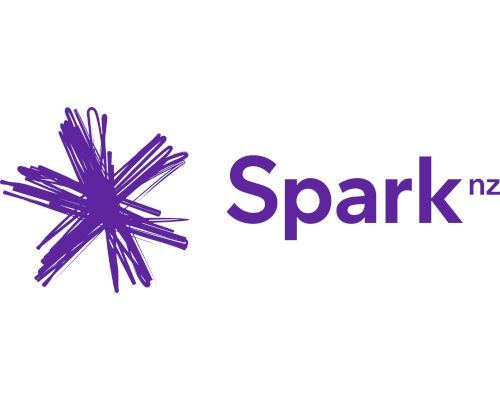Wednesday 19 December 2018, 10.00am
To the human eye,
Madden Street in Wynyard Quarter in Auckland City Centre
might look like any other street, but with the help of
Auckland Transport, NB SmartCities, Cisco and Auckland
Council’s Panuku Development, Spark has installed for the
first time a variety of devices along a 300-metre stretch,
collecting and analysing data across rubbish bins, car
parks, street lights and even the air we breathe –
creating the beginning of New Zealand’s smartest street.
Spark’s Digital Services Lead Michael Stribling says that smart streets are a stepping stone to what will be a fully operational smart city, where the Internet of Things (IoT) delivers a platform for safer, more mobile and productive communities.
“IoT is now more than a buzz word – it’s a technology delivering genuine benefits. Auckland continues to be New Zealand’s fastest-growing region, and with that comes challenges such as increased pollution, overcrowding and the need for added public safety measures. Smart streets are not only about providing efficiency in both time and money but also about helping cities work better for the people who live, work and play there.”
So far, four of Madden Street’s street-lamps have been replaced with state-of-the-art smart LED lights. They provide efficient yet warm lighting and can be individually dimmed or brightened when needed.
“A basic lamp conversion to LED reduces energy usage by around 50%. Lamps with NB SmartCities’ controls can increase savings to 70%, with further benefits including remote monitoring to identify outages without patrolling streets, tracking real-time air pollution and noise, and flexibility to adapt the brightness depending on variables such as the weather,” Michael says.
Each lamp also carries a Smart City Module built directly into the unit, neatly avoiding the cluttered look that often results from ‘smart’ installations. The modules provide Public WiFi and smart CCTV, with options to extend into more functions including pedestrian counters and Public Alert speakers. Integrating these technologies into street lights allows them to become scalable parts of natural lighting upgrades.
Miranda James, Head of Corporate Responsibility at Panuku Development Auckland says “Spark identified Wynyard Quarter’s Innovation Precinct as the ideal test site for this technology, because of our strong focus on innovation and sustainability.”
“All of our development partners at Wynyard Quarter report regularly on performance data, so the addition of Spark’s ground-breaking technology aligns with our vision for the Quarter as a high-performing sustainable precinct. In time, the data gathered can support more informed decision-making about the most efficient ways to manage assets - for example car park usage - and potentially create a blueprint for other parts of the city to function more efficiently and sustainably.”
To create a broader smart street, Spark has also invested in smart bins and smart parking. The smart bin sensors address two major pain points – avoiding bin overflow at busy times, and route optimization. “Currently, a lot of time and money is wasted as rubbish collectors go on set routes, often emptying bins that are less than half full,” explains Michael.
The data from all the devices is relayed to Cisco’s Kinetic for Cities software platform. It displays and analyses all the information together and can provide secure links for existing city systems to tap into the data and be more efficient. Spark has invested in building two IoT networks (LTE Cat-M1 and LoRaWAN) that together support a very wide range of smart technologies and is proud to be leading New Zealand’s roll-out of the Internet of Things.
Notes to the editor
• Waster sensors are supplied by PiPIot and the Parking sensors have been supplied by Turbo Technologies and IoT Ventures.
• For more information on Cisco Kinetic for Cities visit https://www.cisco.com/c/en/us/solutions/industries/smart-connected-communities/kinetic-for-cities.html
ends



 Hugh Grant: Lessons From Australia - How Digital Tools Could Support NZ Nurses In Palliative Care
Hugh Grant: Lessons From Australia - How Digital Tools Could Support NZ Nurses In Palliative Care Canterbury Museum: Dinosaur Dolphins Survived In New Zealand Long After Extinction Elsewhere
Canterbury Museum: Dinosaur Dolphins Survived In New Zealand Long After Extinction Elsewhere Retail NZ: Retailers Still Under Pressure At End Of 2024
Retail NZ: Retailers Still Under Pressure At End Of 2024  University of Canterbury: Research Sheds Light On Fire Risk For Canterbury
University of Canterbury: Research Sheds Light On Fire Risk For Canterbury GE Free NZ: Potential $20 Billion Loss In Export Demand Threatens Rural Communities
GE Free NZ: Potential $20 Billion Loss In Export Demand Threatens Rural Communities Science Media Centre: Carbon-storing Construction Materials – Expert Reaction
Science Media Centre: Carbon-storing Construction Materials – Expert Reaction



